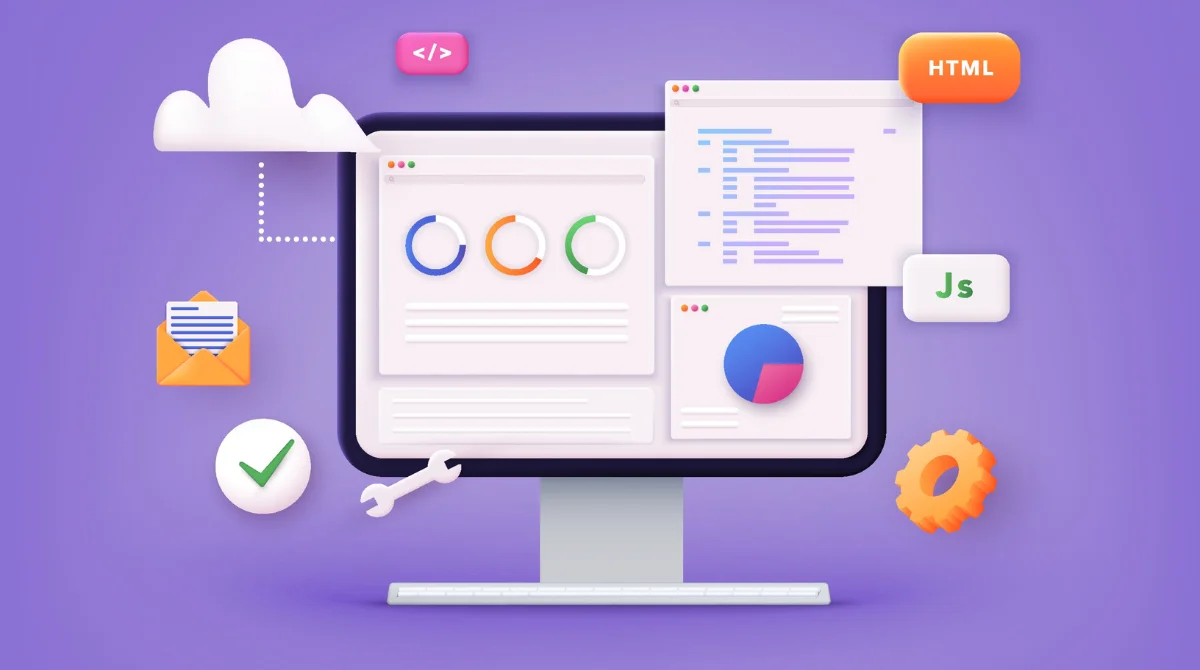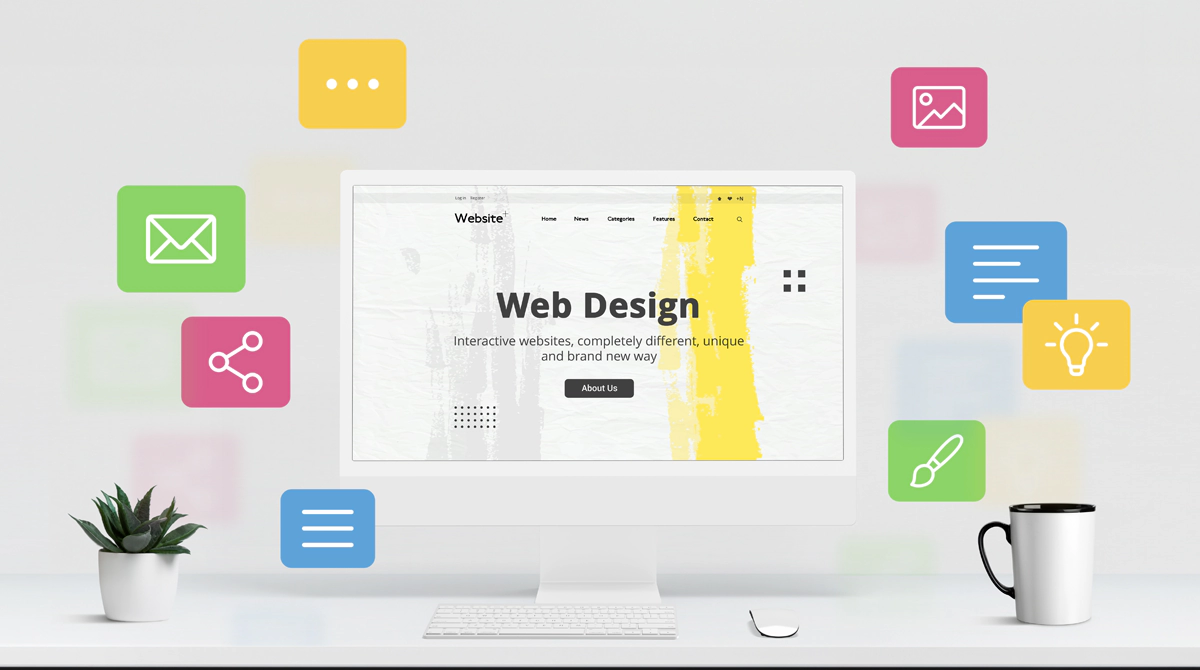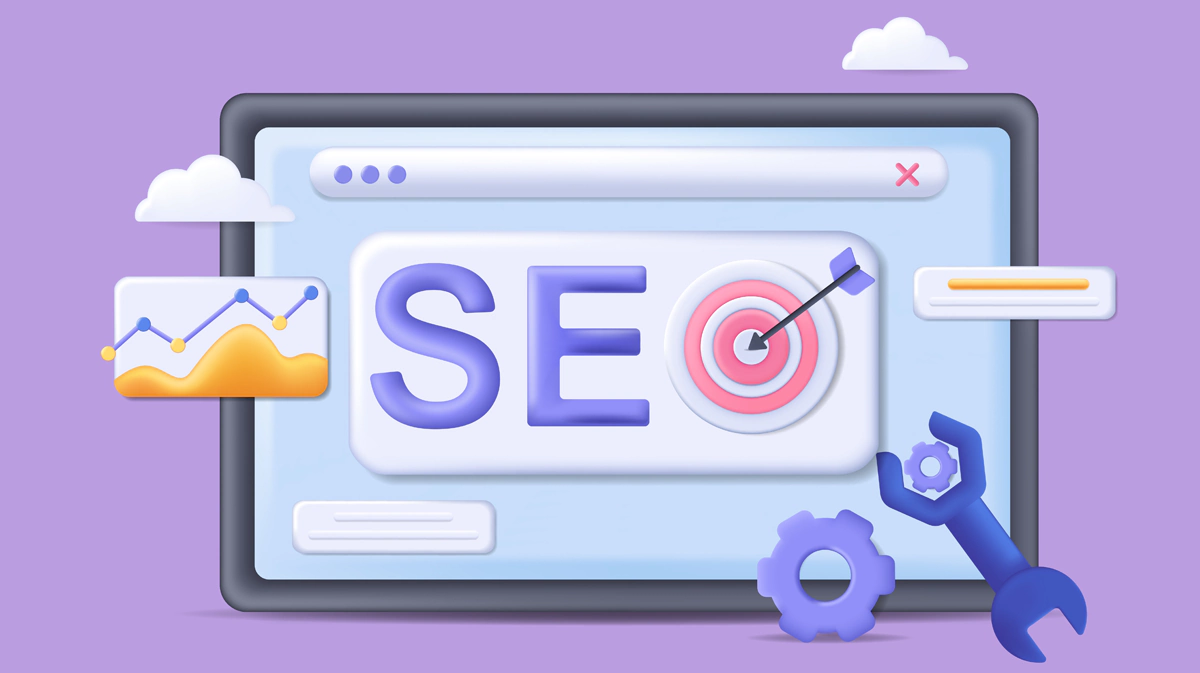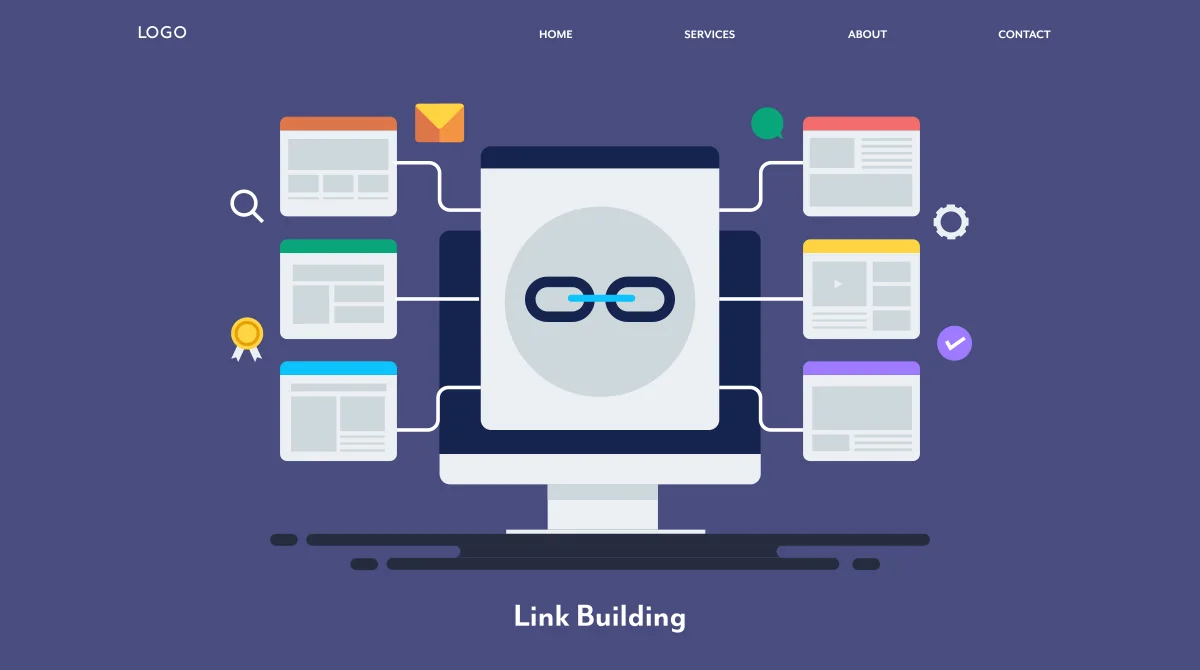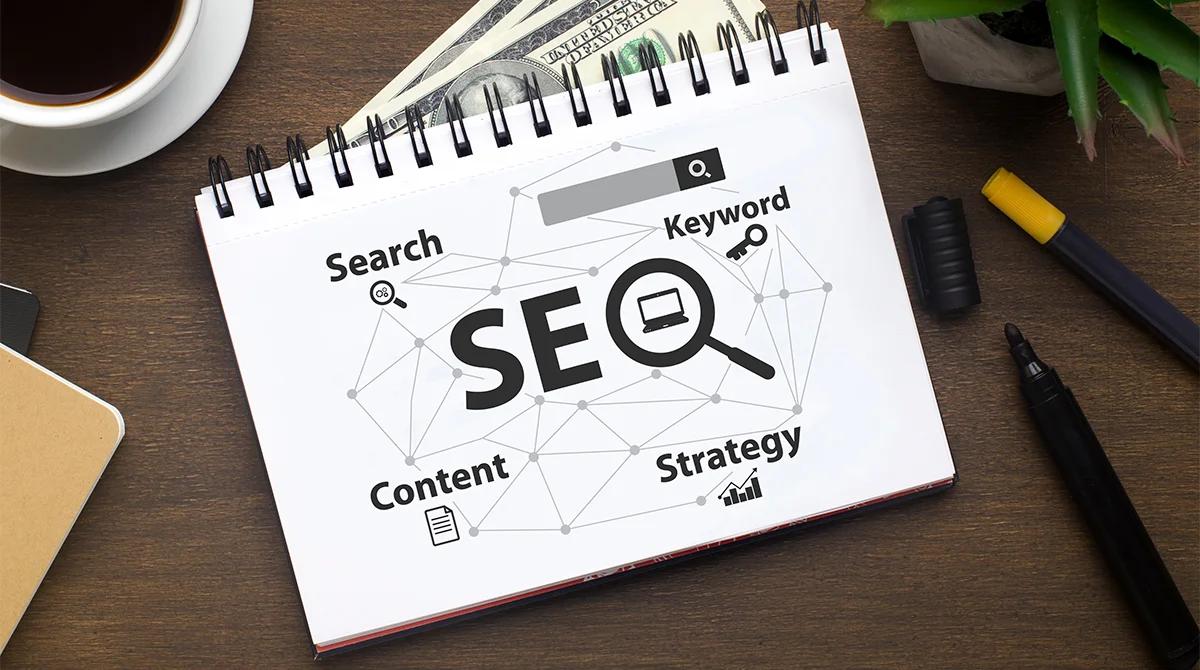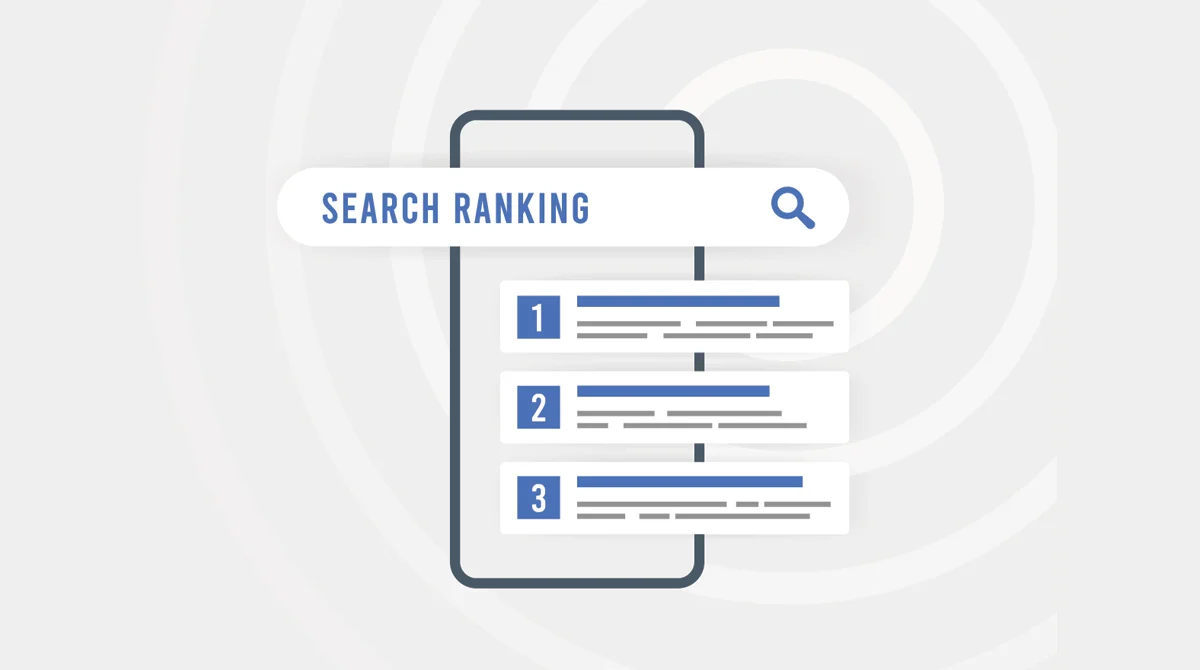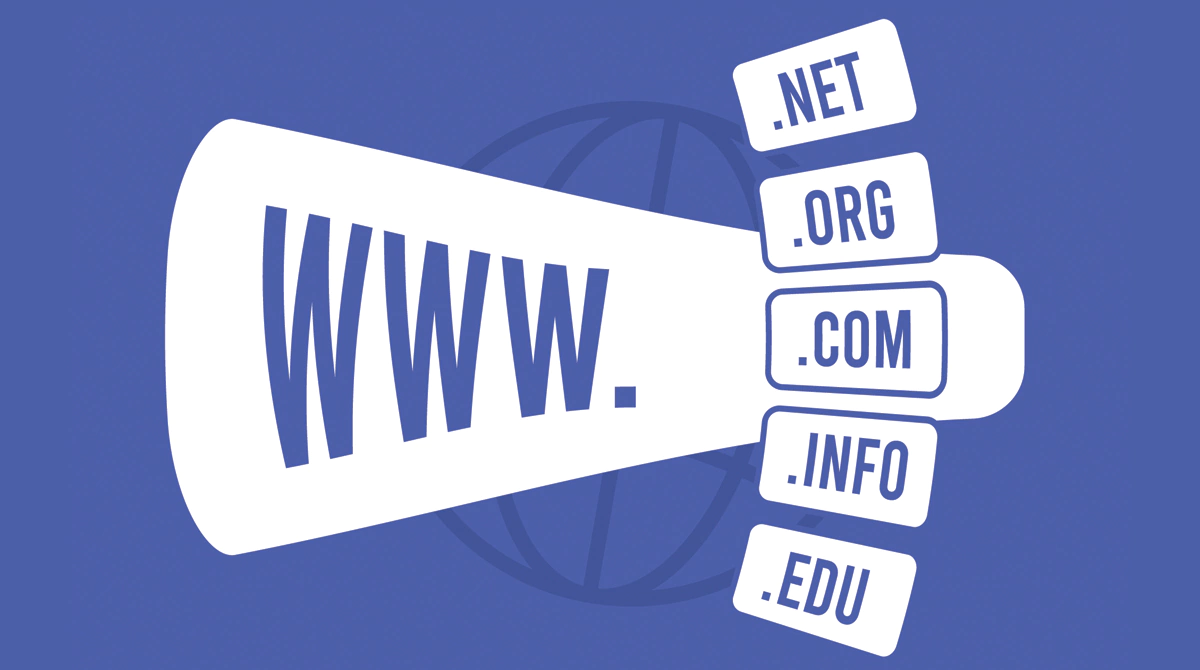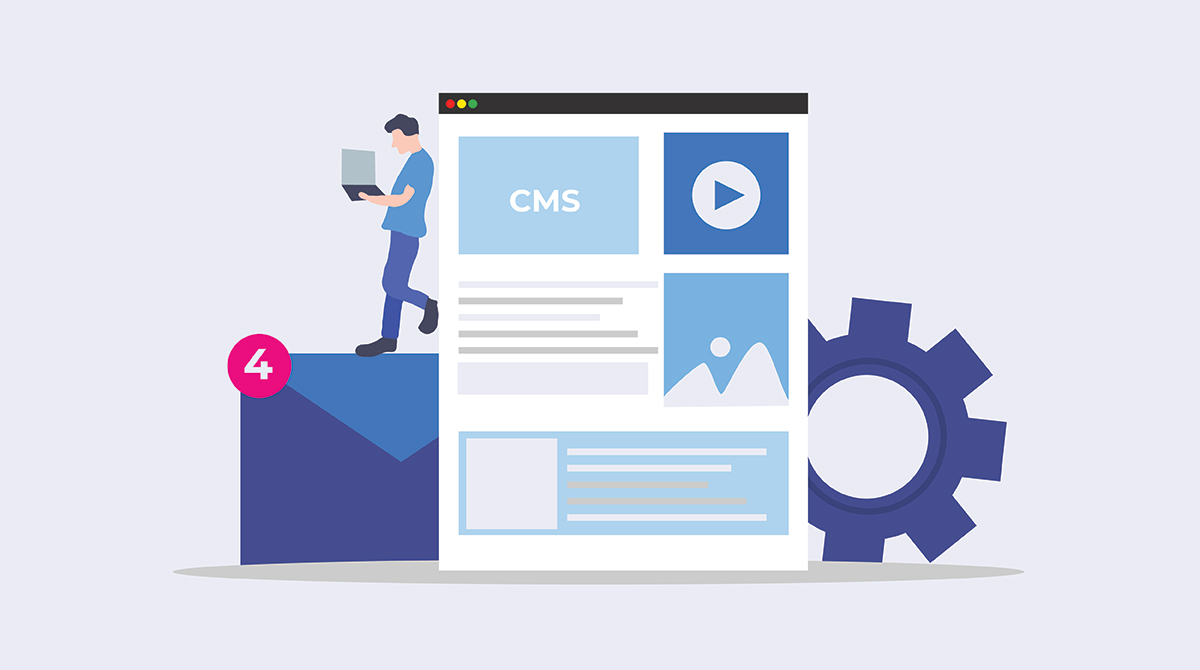In this oversaturated online world, a beautiful website is not enough to ride the wave. Even with a stunning UI, a site can easily sink into the depths of search engine results without proper integration with SEO, missing out on precious organic traffic and leading to unproductive promotional efforts.
Imagine spending so much time, money, and effort putting your dream website together and then finding it ranked Sixth on Google… Frustrating, isn’t it? Your website’s potential can silently be sabotaged by slow page speed, poor mobile responsiveness, or confusing navigation.
The good news is that SEO web design can fix these problems. When design principles and SEO strategies are aligned, you can also build a gorgeous web page out of this world. This blog will show you essential tips and actionable insights to help you make a website that ranks high, attracts visitors and generates business growth.
What Is SEO Web Design?
SEO web design uses websites that must be user-friendly and optimised (SEO). Technical expertise is blended with design principles and SEO strategies to drive a website’s visibility on search engine results pages (SERPs). SEO design, more or less, is about your website looking good, functioning well and ranking well.
Think of an online bookstore, for example. We may lose users immediately if the homepage has unnecessary navigation, large uncompressed images, and no mobile responsiveness. However, a great, well-optimised website with fast-loading pages, optimised product titles around individual keywords, and a smooth checkout experience won’t only rank better; it will also provide a better experience.
SEO web design is not just about pleasing the search engine; it is also about pleasing the audience. A good design attracts visitors, makes them visit more pages, and also convinces them to be faithful customers.
So whether you’re creating a new website or improving an existing one, SEO web design is the basis for your online presence. When you strike this balance, your website becomes a potent tool for growth.
Related read: How to Boost Your Website’s SEO with ChatGPT
Why is SEO web design important?
A good website design that allows you to incorporate SEO will be good for your online presence and business. Here’s why:
- Improved Search Engine Ranking: Well-structured, mobile-friendly, and fast-loading are some things that search engines like Google prioritise when deciding which website features are in their listings. A good SEO-friendly design means that the time the people take to find your website will be minimal, since you’d have an easier time appearing higher on search engine results pages (SERPs).
- Enhanced User Experience: The web design that search engine algorithms love and hate should also be significant for your visitors. Users want intuitive navigation and fast load time, and it must be mobile responsive as it will reduce bounce rates and increase engagement.
- Increased Organic Traffic: However, you will get more traffic if your website is high in search engine rankings. Websites on the first page of a search result are much more likely to be clicked on than those just down the pages. More leads, sales, and conversions come to you when you get more visibility.
- Mobile-First Indexing: Today, more people than ever use websites on mobile, and search engines like Google are indexing mobile first. The best content in the world can’t get you the rankings if your site isn’t optimised for mobile.
- Cost-Effective Marketing Strategy: SEO web design costs are a costly and long-term investment. Unlike paid ads, SEO-sourced organic traffic sticks and won’t need spending forever.
- Competitive Advantage: Today, the digital marketplace is very crowded, and therefore, businesses that place much importance on SEO web design are ahead of their competitors. Besides attracting numerous visitors, a well-optimised site increases credibility and trust.
- Improved Conversion Rates: SEO design isn’t about generating traffic, though it has nothing against that. The key SEO design encompasses converting traffic into customers. A website with a good structure and clear calls to action (CTAs) helps visitors buy products, register for a newsletter, or fill out a contact form.
- Adaptability to Algorithm Changes: Search engine algorithms change continuously. Websites designed with SEO best practices will have an advantage in that they will be better equipped to deal with these changes without suffering a huge hit to rank.
For instance, assume two businesses are selling handmade candles online. The first has a high-speed, mobile-friendly site with optimised content and straightforward navigation. The second is slow load speeds, a poor mobile design and outdated content. The second will consistently rank below the first by getting customers organically.
SEO web design isn’t just a thing; it’s a must these days. By investing in it, you are making your website relevant, competitive, and ready for the long haul.
Related read: SEO Best Practices for Web Designers
Which web design elements can affect your SEO ranking?
Design elements directly influence some of your SEO performance. Here are the key factors to consider:
Website Navigation
A good navigation system will help users and Google find important content on your site easily. In an online clothing or accessories store, categories like Men’s Clothing, Women’s Clothing, and accessories may make browsing simple. On the other hand, we have breadcrumbs, dropdown menus, and the possibility of seeing your search bar.
Alt Tags
Images that can be seen but cannot be explained by the image itself will use alt tags to provide descriptions of images, allowing screen readers to understand what should be seen and search engines to understand the content. Let’s say instead of “IMG1234.jpg,” you name your file “white-electric-guitar.jpg.” It makes it more accessible to users and provides more context for search engines.
Readability
Readability makes our content easy to scan and understand. Short paragraphs, clear fonts, and subheadings break the text. Bullet points and bold headings can also be used in a blog post about fitness tips to make it clear. Readability can also be checked with Hemingway Editor tools.
URL Structure
A clean URL structure creates a better user experience and improves SEO. For example, the best running shoes are www.example.com/best-running-shores rather than www.example.com/page123. Descriptive URLs make understanding the page’s content more manageable for people (and search engines).
Website Speed
A low bounce rate means a slow website. Load images at a smaller size, avoid browser cache problems, and use a trustworthy hosting provider. For example, using Google PageSpeed Insights will reveal speed-related issues. Users will leave sites that take longer than 3 seconds to load.
Related read: Top 10 Ways To Optimise Your Website Speed For Better Optimisation
Mobile Responsiveness
A mobile-friendly website is responsive because it adjusts itself to different devices. A good example is a travel blog that should show all its images and text correctly on mobiles as well as desktops. The Mobile-Friendly Test by Google can be useful for seeing how your site performs on mobiles.
Related read: Importance of Mobile-Friendly Website Design to Gain Traffic
Internal Linking
Internal links help people and search engines understand your website’s structure. For example, a blog post titled ‘Healthy Diet Tips’ can directly hyperlink to ‘Best superfoods for weight loss.’ Another use for internal linking is to divvy up page authority on your website (along with external links).
Meta Descriptions
Search bots and users read a meta description in the search results. For example, if you have a product page for a laptop, the meta description could be: You might consider the top high-performance laptops for work and play. It will increase your click-through rates if you write a good meta description.
Title Tags
This means the title tag tells the search engine and the user what a page is about. An example might be ‘Top 10 Destinations to Visit in 2024 | Travel Experts’. Your title tag must contain your primary keyword and be no more than 60 characters.
Always Include a Call to Action (CTA)
Visitors are clearly guided to take action, such as signing up for a newsletter, buying something, or downloading a guide. For example, the ‘Get Started Now’ and ‘Learn More’ buttons increase engagement. The visitor will have a clear next step for every page.
How To Build a Web Design that Ranks Well on Search Engines
Building an SEO-friendly website requires a strategic approach. Here are some actionable tips:
- Start with Keyword Research: Find out which keywords your audience uses, and you can incorporate these keywords into your content naturally.
- Focus on User Experience (UX): Make intuitive navigation and clear calls to action a priority, and use interesting visuals.
- Use Responsive Design: Make sure your site looks and works as it should from different devices.
- Optimise On-Page SEO Elements: Pay attention to meta titles, meta descriptions, header tags, and image alt text.
- Prioritise Site Speed: To look for and fix performance bottlenecks, use Google PageSpeed Insights.
- Include Quality Content: Write valuable original content addressing the audience’s needs.
- Leverage Analytics: Use tools such as Google Analytics and Google Search Console to monitor performance and improve it through data-driven decisions.
Let’s say an online bakery has enough keywords, such as ‘custom birthday cakes,’ across its whole site, optimised its cake images for quick loading, and has a clear ‘Order Now’ button on each product page.
Related read: How User Experience Impacts E-commerce SEO?
Why Partnering with Make My Website is the Smart Choice for SEO Success?
Make My Website is an SEO-optimised website designed to suit your business goals. While we are creative and technically advanced, all our efforts go toward ensuring that your site looks great and ranks high on search engines. From lightning-fast load speeds to mobile responsiveness, we take care of every element against SEO best practices.
Working with Make My Website means working with expert guidance, tailored strategies and ongoing support. Whatever your new site launch or existing site optimisation campaign involves, we won’t simply get visitors to your site — we’ll convert them into loyal customers.
If you have a website you don’t want hidden—Make My Website will help you see your vision come to life.


